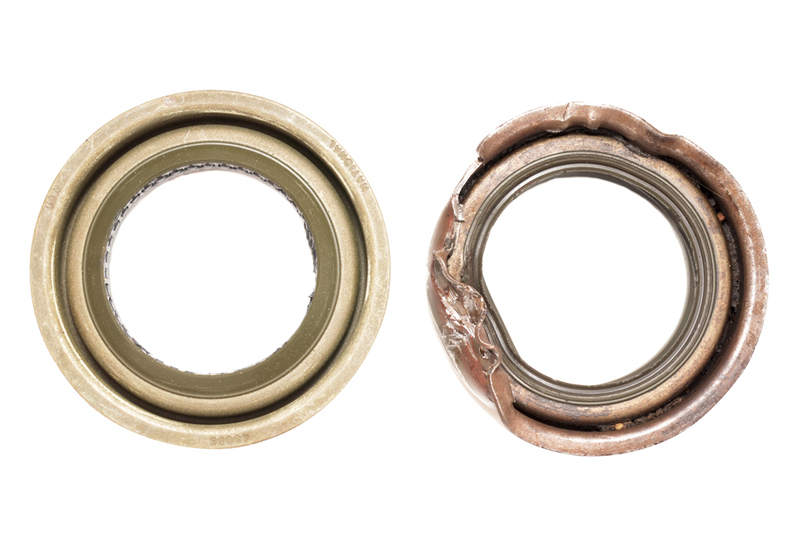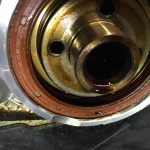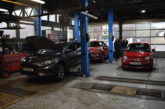Corteco looks at how additives found within modern engine oils can impact upon oil seals and the preventative action that can be taken to avoid premature repairs.
Today’s cars are becoming increasingly powerful but are still retaining the convenient size which fits with the chaotic world we live in. The rapid evolution of vehicle technology and efficiency targets have put increased pressures on the engine system. Although engine oils help meet these mounting demands and are beneficial for many parts of the engine, the additives within them can also damage components such as oil seals.
Oil additives are chemical components that improve the lubricating performance of the base oil. These additives are vital for the proper lubrication and prolonged use of engine oil in modern combustion engines. Without many of these, the oil would become contaminated, breakdown, leak out or not properly protect the engine parts at all operating temperatures.
Some of the most important additives include those used for viscosity and lubricity, contaminant control of chemical breakdown and for seal conditioning. The viscosity of oil also changes with temperature, becoming more viscous when cold and less viscous when hot. So the viscosity of the oil can be affected both by the weather and how hot your engine is.
Although the additives in engine oil are extremely beneficial for most engine components, the additives being used today can have an adverse effect on oil seals, often causing them to wear or leak, increasing the likelihood of premature repairs.
Seal failure
One way a seal can fail from oil additives is due to chemical compatibility. This is an issue that arises when changes are made to the formula of lubricants. Sometimes, even though the base fluid remains the same, an additive causes the seal to fail. However, the effect is not always predictable as the seal may wear out faster than expected or simply not perform as it should.
Alternatively the seal material can break down when it encounters a corrosive fluid. This will occur when the improper seal material is chosen for an application. The use of non-compatible materials can lead to chemical attack by oil additives, hydrolysis, and/or oxidation of seal elements. This will result in the loss of the seal lip interface, softening of the seal durometer, swelling, and/or shrinkage of the seal. Discolouration of the seal is an indicator of chemical erosion.

Avoid premature repairs
To avoid the seal from wearing early or not performing as expected then certain things need to be looked at.
- Pressure
The fluid pressure range needs to be checked, this includes not just the operating range of the fluid system pressure, but also the severity and frequency of the system pressure peaks.
- Temperature range
Another crucial factor is the temperature range, as this will be effected by the additives within engine oil and can also be effected by the engine temperature and even the weather. The resting and operating temperature range of the fluid and the cylinder assembly are important with seal selection.
- Type
The fluid type due to the fluid media and viscosity are important for seal efficiency and effectiveness. Getting this right will ensure the long life of an oil seal as well as reduce the need for early repairs.
- Size
The size of the seal will determine the size of the cylinder. This includes the rod and bore dimension, seal groove dimensions, gaps, cylinders overall length, surface finish specifications and the stroke length. How the cylinder is used will impact how long it can last under certain operating conditions. This includes cylinder installation, environmental factors, and exposure to harsh conditions.
It’s becoming ever more crucial to ensure the right seal is chosen, not just for the application, but for operating conditions and to work well alongside the additives.
Corteco offers a range of more than 7,000 gaskets and over 6,500 different shaft seals, simmering and valve stem seals in OEM quality for a wide range of vehicle applications to ensure you can get the right seal for the job.










